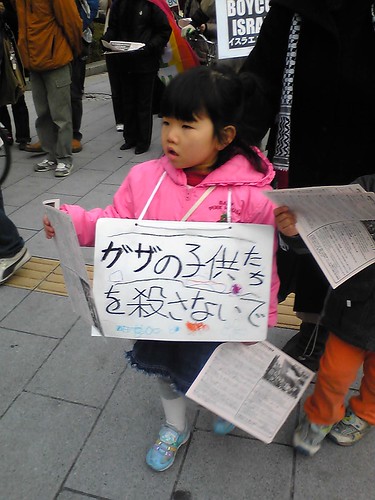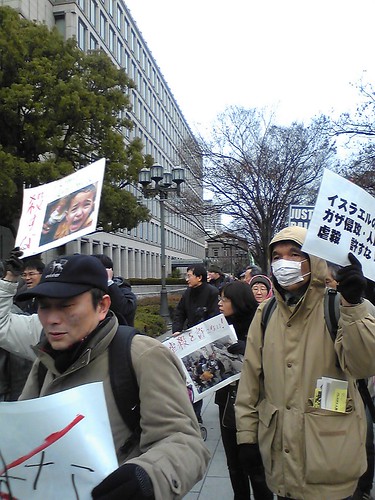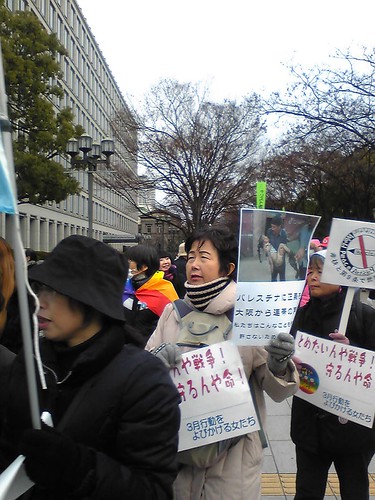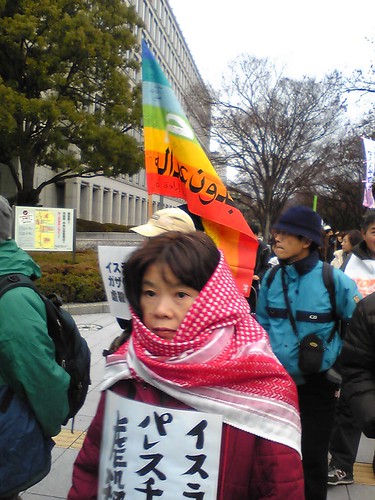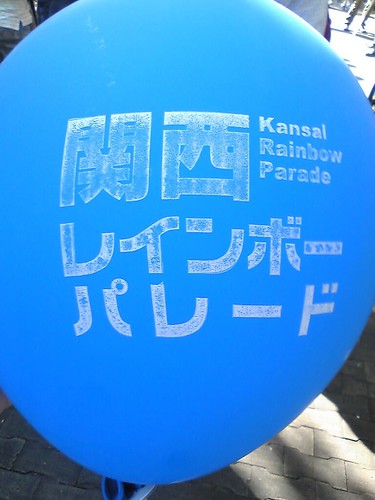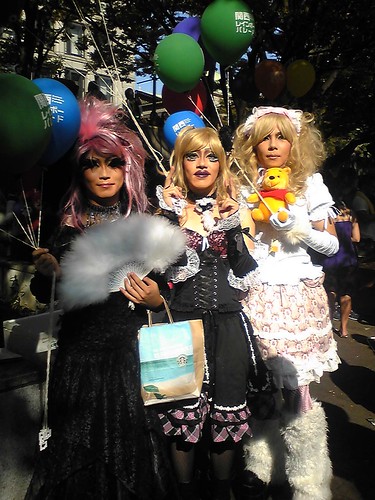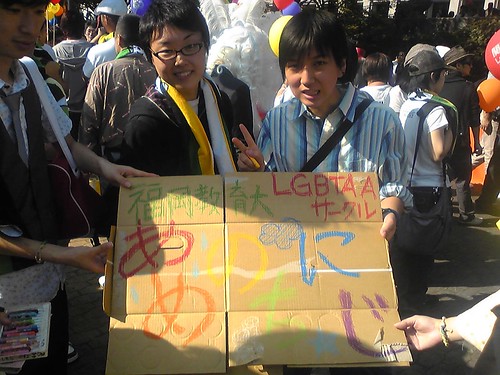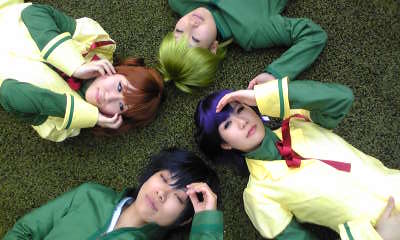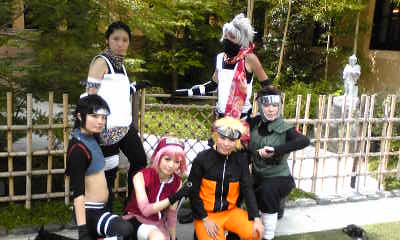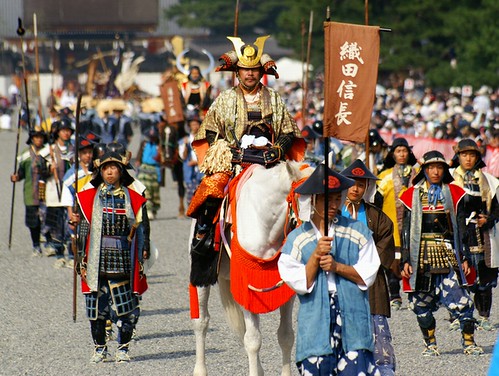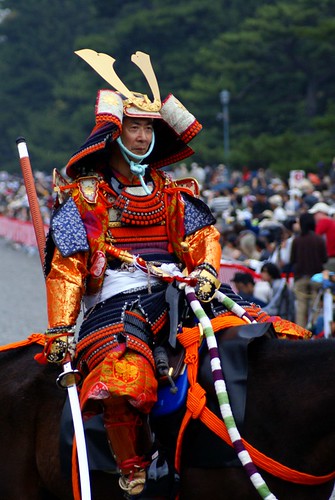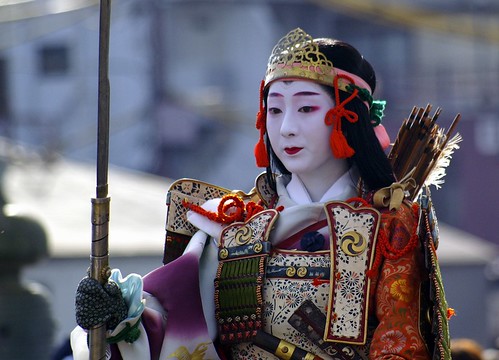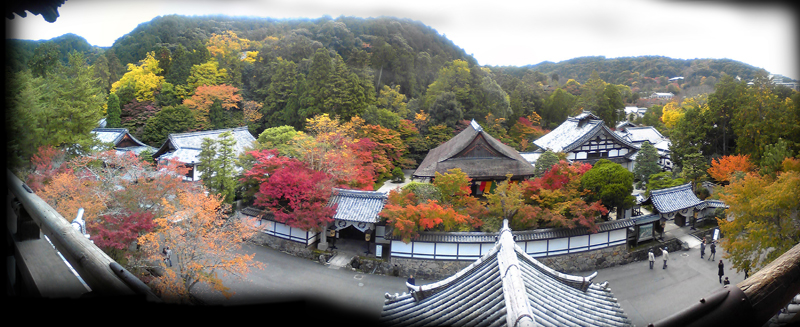For those with further interest, In the coming weeks I will organize and upload my full collection to my Flickr page.
Some of my favorites:
The sign reads, "construction ahead." (and therefore road closed) Road closures are a nuisance, but a great big photo of a cute puppy really softens the blow.

A poster about bad manners on the train. Don't be like the rude monkey! The message is strong, but the cuteness helps keep everyone from getting too offended.

(look close:) The barber shop's sign has three barber poles running with scissors. Your grandmother may have told you never to run with scissors, but in this case it really helps lend a feeling that your haircut will be speedy and efficient.

An old sign on an abandoned building. Probably designed in the 70's. The red circle shaped emblem is reminiscent of Japanese seals, and to a lesser degree, family crests.

Graphic design not only uses cuteness, but is also not afraid to use fear to get its message across.

Another poster of manners at the train station. The classy calligraphy reminds customers that manners is a matter of "heart."

One of my personal favorites: Murasaki shikibu would love to sell you a frying pan or appliance. (This is located in Uji city in Kyoto. Uji is known not only for it's tea but also for being the setting for the final 9 chapters of Murasaki Shikibu's heian period novel "The Tale of Genji.")






